NCN 1 Stage 13 - Seahouses to Keso
Bamburgh Castle
Ride overview
Stage 13 gets the heart racing; not because the riding becomes more onerous, but rather there’s a sense of good progress being made as you head up towards ‘the end of the line.’ There’s the last few miles of the Northumbrian coast to enjoy, a ride across a causeway to Lindisfarne (tides permitting), and after the border town of Berwick-upon-Tweed, you finally after over 1000km, cross the border into Scotland. Accents, food, houses, flags, scenery all change. Scotland is one of the world’s most beautiful countries, as well as being one of the poorest in Europe. The ride is through a disputed land which for over four centuries was bitterly fought over. Reivers, or raiders rang amok, cattle rustling and pillaging, and many of the manor houses you pass still have the turrets and towers which protected them. There’ll be times when you’ll wonder if anyone actually lives in Scotland as the country roads seem to be all but deserted.
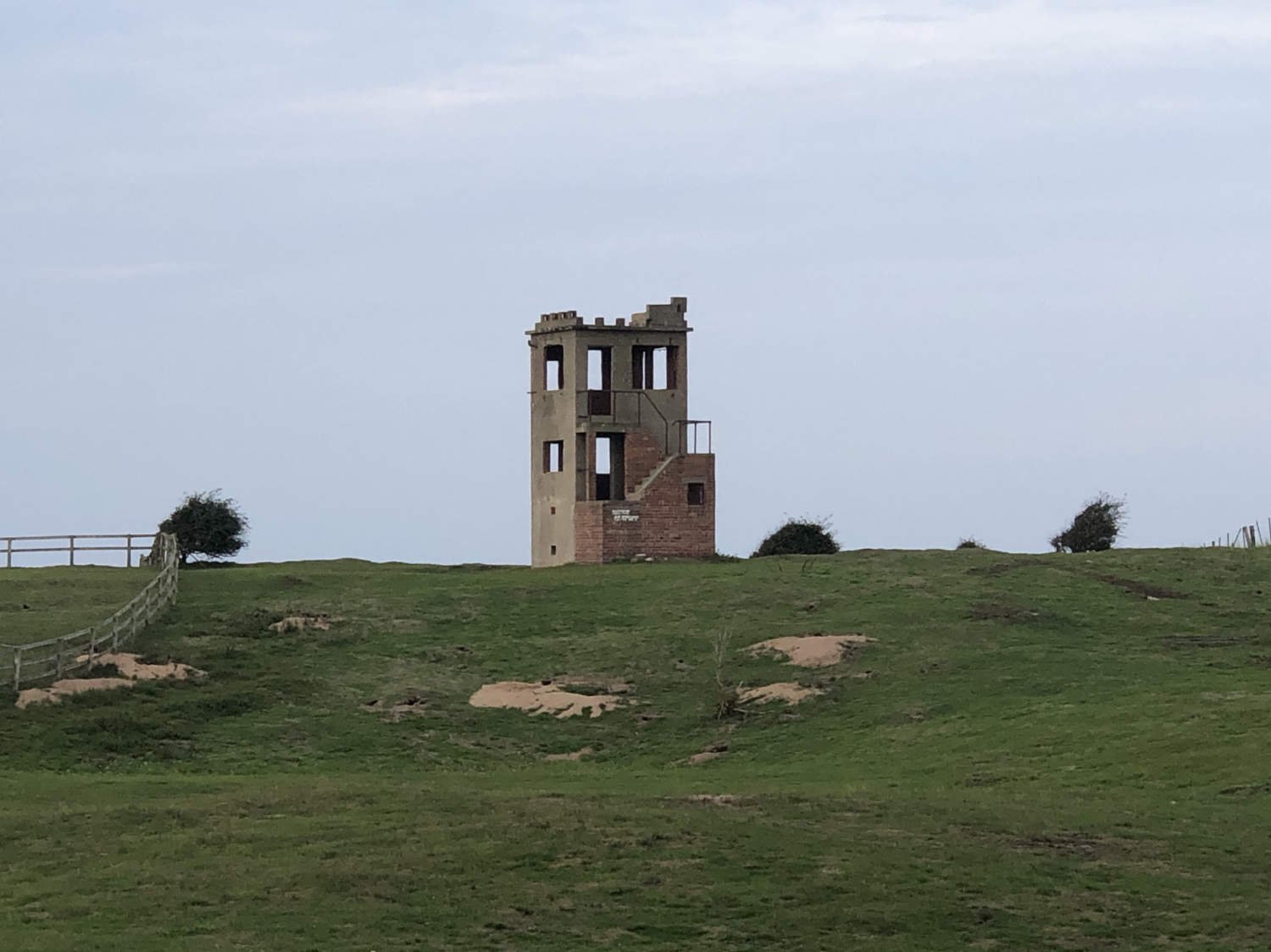
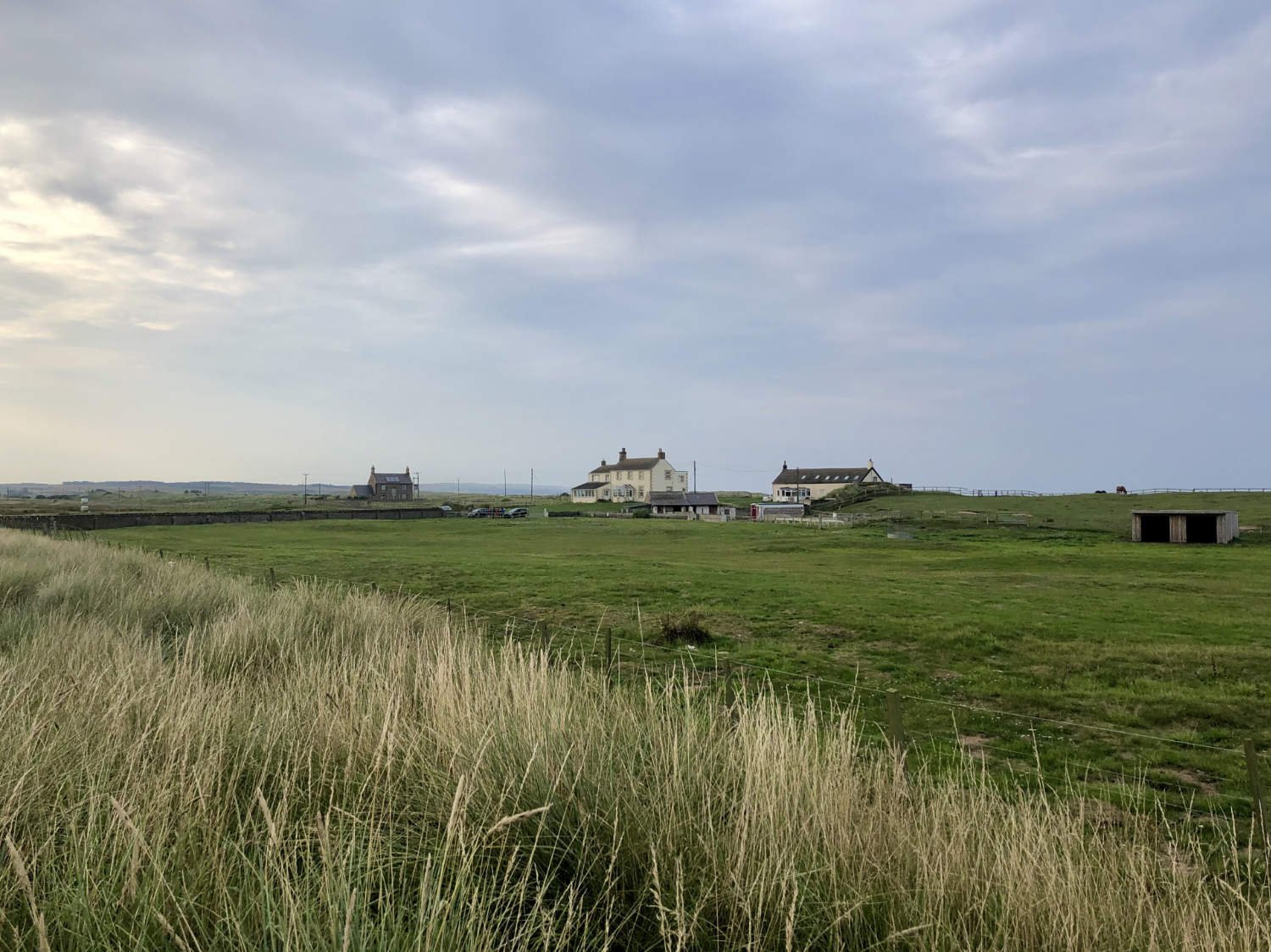
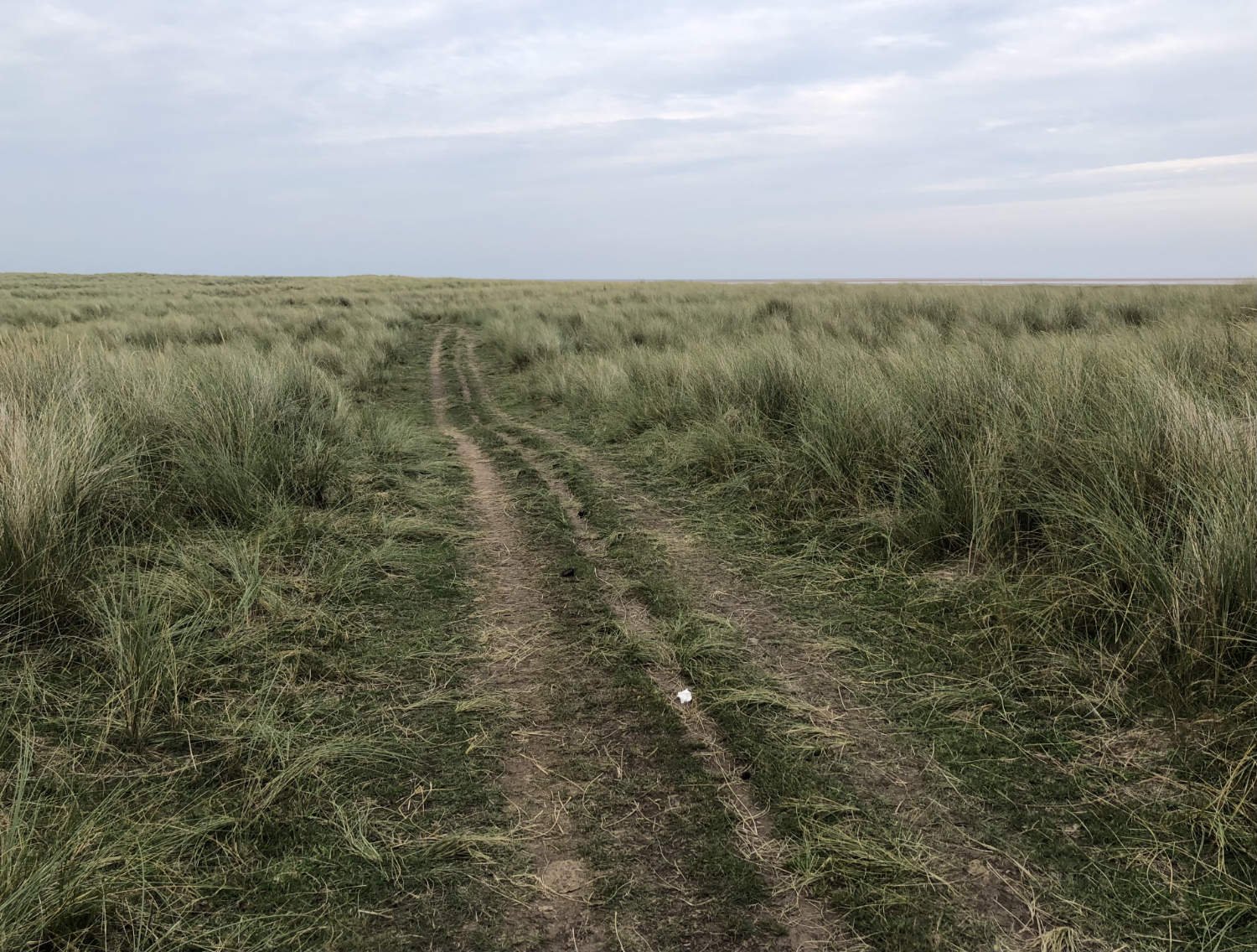


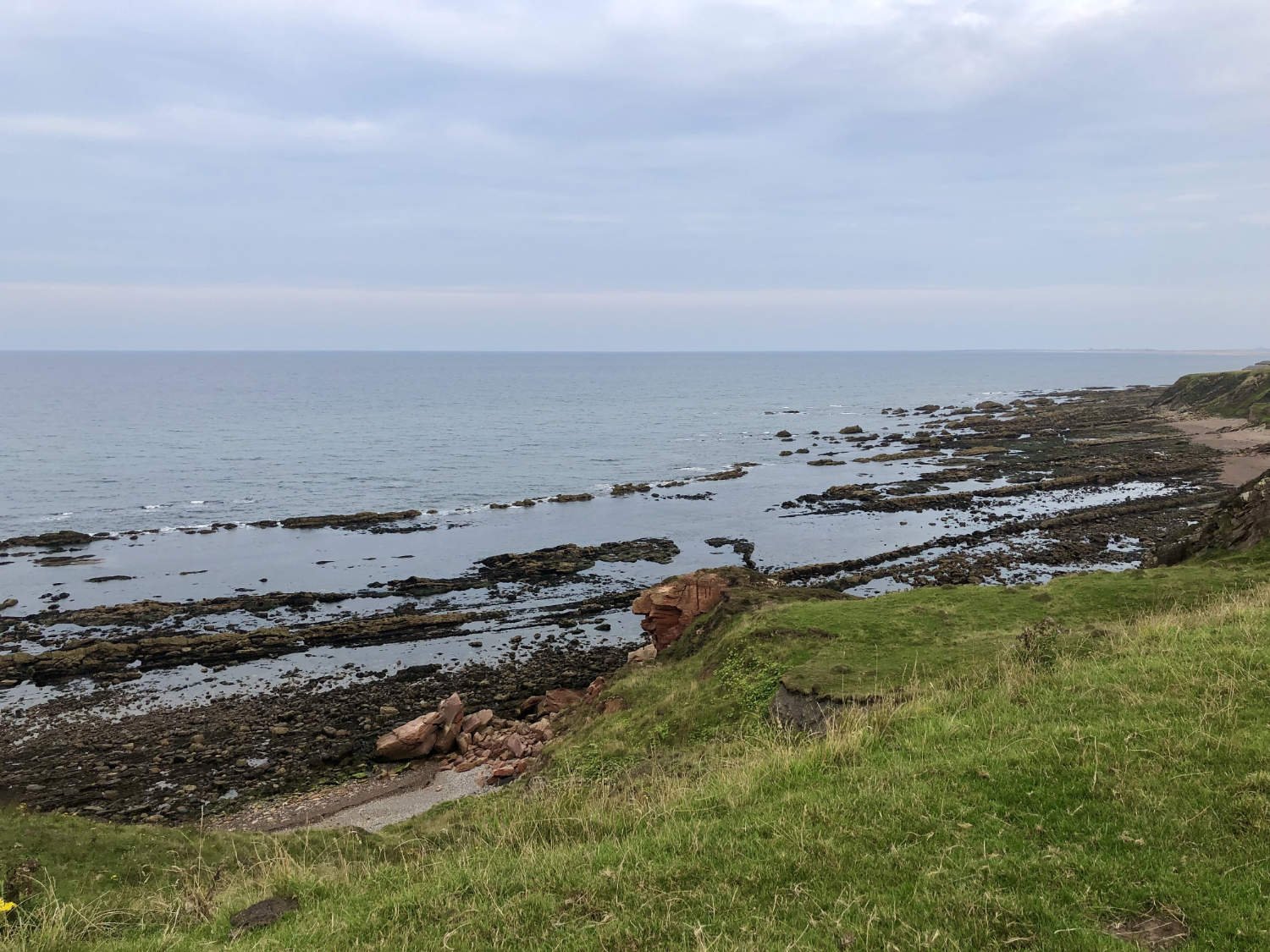

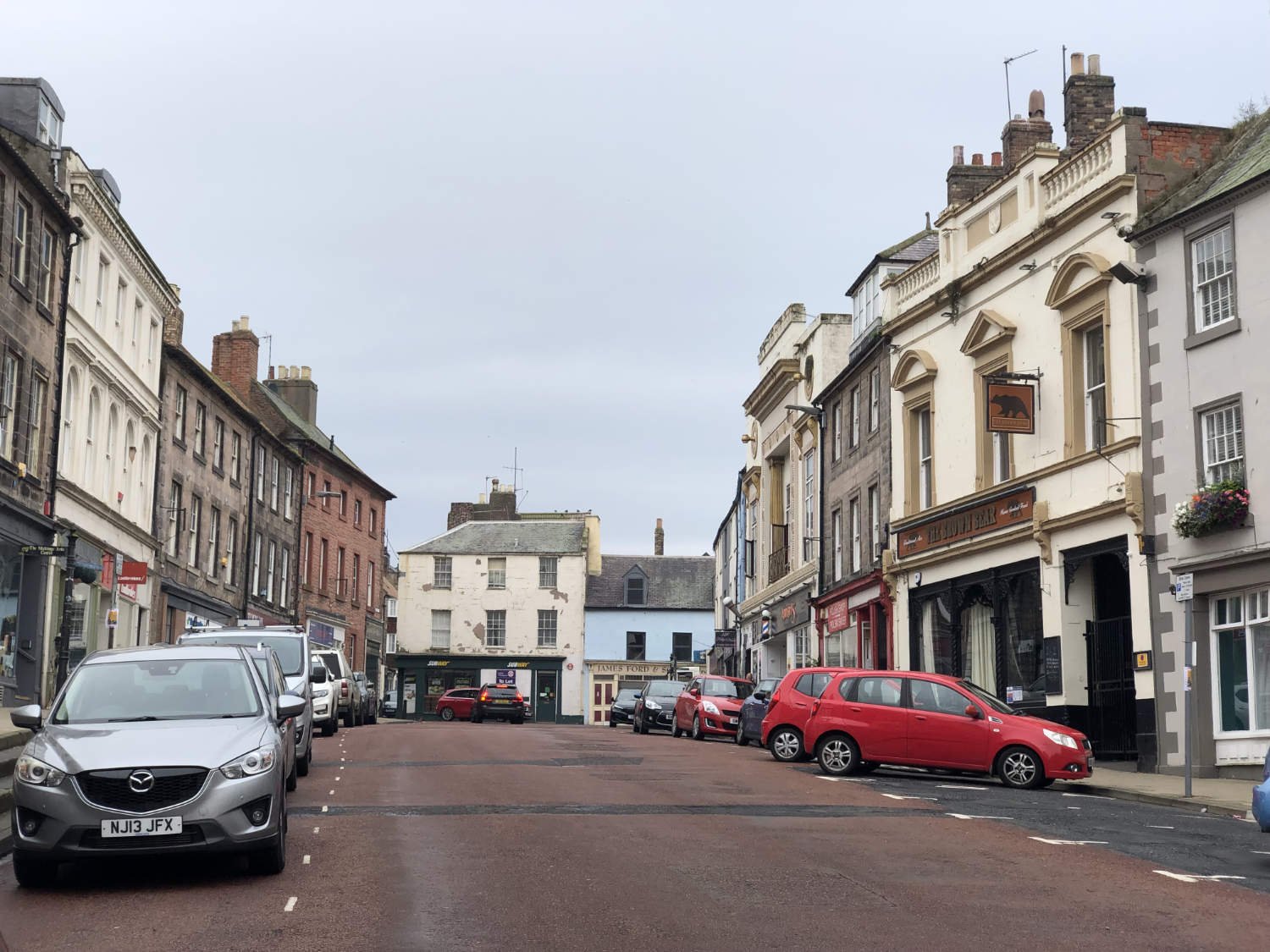

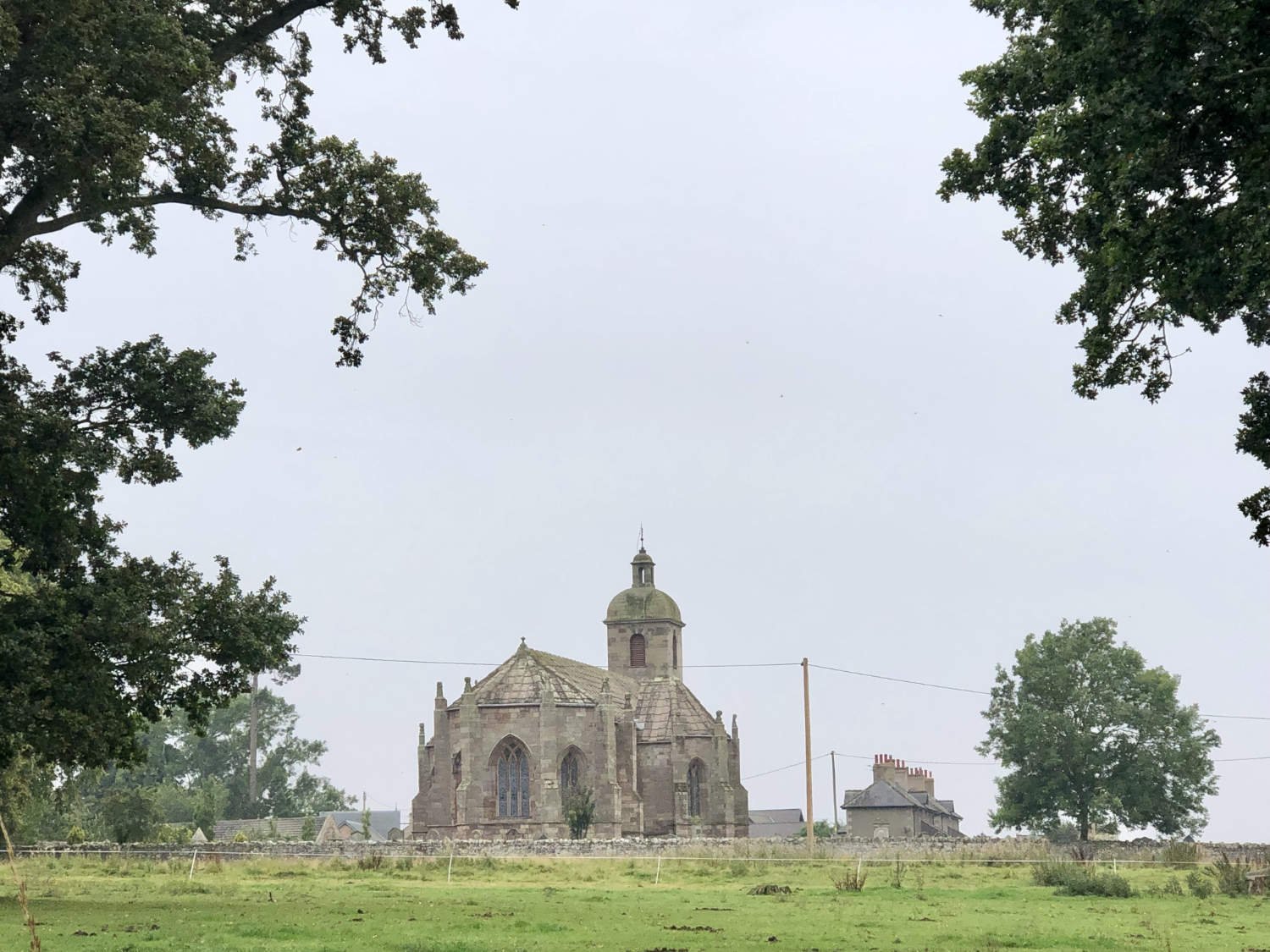

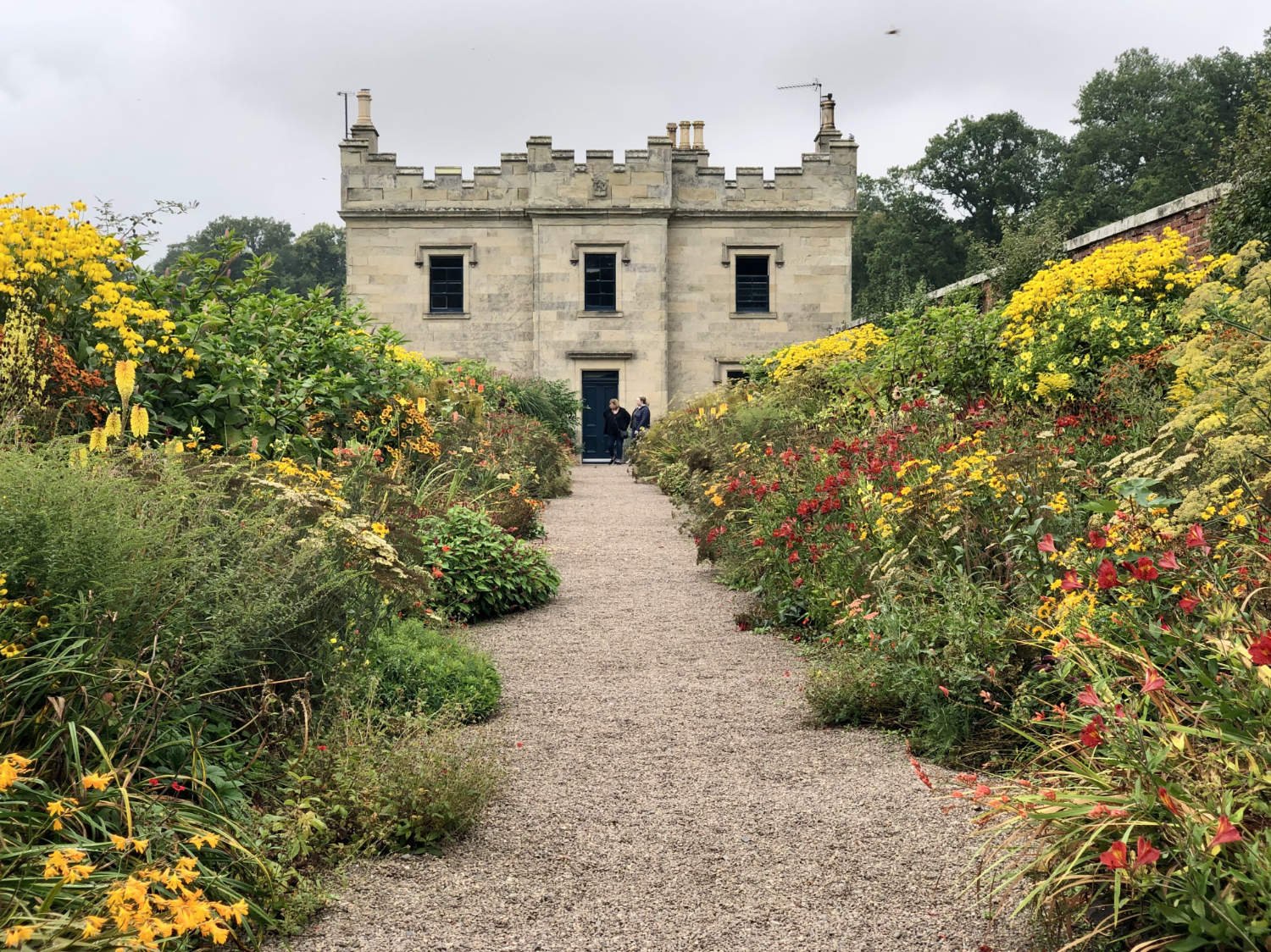
Ride Practicalities
The route is well signed throughout as NCN 1
START/FINISH: Seahouses/Kelso DISTANCE: 110km TOTAL ASCENT:820m TERRAIN AND SURFACES: quiet country lanes, along with some short gravel tracks RECOMMENDED CAFÈS/PUBS/ACCOMMODATION: Floors Castle café; good lunches using estate grown produce, other opportunities here to seek your own places and note them in the ‘comments’ section below NEARBY MAINLINE TRAIN SERVICES: Berwick-upon-Tweed PLACES TO VISIT; Bamburgh Castle, The Holy Island of Lindisfarne, Paxton House, Norham Castle, Floors Castle LINKS TO OTHER RIDES: NCN1 Stage 12, Stage 14
Ride Notes
Leaving Seahouses, there’s a choice - either to follow the coastal road, the B1340 which in high season can be busy and is the prettier of the two options, or you follow the route as signed (and shown on the downloadable map above) and head inland on a single track country lane. Both take you to Bamburgh the first of many highlights today, most of them military.
Bamburgh is Sir Lancelot’s castle (he of King Arthur fame). After his affair with Guinevere, (King Arthur’s queen) had been discovered, Sir Lancelot carried her up Bamburgh. Legend that may be, but looking at the castle perched on a rocky knoll amidst dunes, against a milky sky with a frothing sea as backdrop, it is hard not believe in legends. The site has been inhabited since prehistoric times and the castle has been continuously inhabited for over 2,000 years. Home to warlords, attacked by invaders, refuge of kings, this place is heavy with history. To ride towards it across the dunes, you cannot help but sense that this remains an impressive and imposing place, tailor made for legend. You might consider parking the bike and taking a tour around the castle and its battlements.
Bamburgh Castle
Much of the pleasure of going to The Holy Island of Lindisfarne is from the journey, across the mile of sea-wet causeway. A gossamer of sea mist hangs above the sand and mud flats. The island, like a mirage shakes in the distance. It is as if you are cycling to the final full stop of the world. Once on the island, there are priory ruins, stories of saints and sinners, and a twentieth century castle. And tourists. Coach loads of them, which can take the romance out of the cycling across the causeway in high season. Staying on the island is said to be fabulous - the island becomes yours (and a few other guests) for the duration of a tide.
The Ducket, Outchester
The coast becomes emptier - the haunting call of the curlew and lapwing are your music along with the lolling waves arriving tired upon the rock-worn shore. Wind combs the grey-green grass. The grey sea sighs under a grey sky. Perhaps the rocks you see are seals. Onto this horizontal landscape exclamations protrude out of the grass; The Ducket looks like a petrified rocket that never launced but is said to be an 18th century dovecote, windmill or folly (no one really knows) and a 21st century AirBandB. Another structure, more shaky and delappidated is the Goswick Sands Observation Tower, used when the now golf course was used as a military firing range.
In keeping with the wildness, the road becomes a path across the dunes, which in turn becomes a track on top of the cliffs. Then over a brow Berwick-upon-Tweed, England’s most northerly town.
Goswick Sands
Border towns the world over tend to have a feel of lawlessness - a place often far from the smoothing laws of the capital, where all sorts of goings on happen. In the past it was soldiers and cattle rustlers, perhaps a smuggler or two. Berwick is no different to Ciudad Juarez or Chiasso, or Peshawar. It has that feel. It has been held by the Scots several times, it is further north than Copenhagen and the southern tip of Sweden. It has a fabulous wall surrounding the town and four hundred year old bridge. There are alleyways and mossy courtyards, and wretchedly poor suburbs. At night the lads rev their cars and race them up and down the town’s hill. Saturday night is drinking night when it seems as the whole town is out to get as legless as it can. In the room of the town’s principle hotel is a price list - for replacements. Each pane of glass = £100, a toilet tray, £12. Guests are liable for a full replacement of bed linen should vomit, faeces or blood be found on them. Berwick is that sort of place.
Upsettlington
The ride into Scotland is uphill and the welcome sign is half way up it. The essential photo of the bike leaving England allows you a momentary pause. But don’t be fooled, as you’re not done with England yet. The route follows the meandering river Tweed, through tidy countryside of neat fields, hedges and estate walls. One of the finest Palladian pieces in all of the UK is Paxton House, whose stately driveway tempts you away from the route. Just when you’re settling into being in Scotland, you re-cross the meandering river Tweed on the Union Chain Bridge, which when it opened in 1820 was the longest wrought iron bridge in the world. It is the oldest of suspension bridge still to be carrying traffic.
In the Borders war and holiness appear to join hands; there are castles and fortified homes mingle with abbeys, convents and many churches which appear in isolated fields. Norham Castle overlooking the border abuts a field called Hangman’s Land. Coldstream has a castle, Eccles has a convent, Kelso an abbey. Linking them all are narrow roads, empty of traffic, which follow stone walls of huge private estates, and roll over low-slung hills. The fields are neat, the haystacks tall and neat, the red stone walls of the fields are neat. Everything is neat and in its place. Prosperous and perhaps a little dull. The kilometres tick by.
Floors Castle, The Walled Garden
Kelso has the largest town square in Scotland and it’s surrounded by gracious Georgian and Victorian buildings. The Tourist office tell you too that it’s a great place to shop - a sign of the times as the real attraction, Floors Castle, barely gets a mention. The seat of the Dukes of Roxburghe is one of the grandest and most stately of all stately homes. The Castle is huge and magnificent and the gardens are arguably the most spectacular of any house in the land. In summer, any attempt at formality has long since disappeared as the plants run amok in a riot of colour and form.
Read the stages ‘Notes from the Saddle’; Saturday night in Berwick-upon-Tweed, ‘Thank God they’ve gone’.
Every route on this website has been carefully researched as well as ridden. However situations on the ground can change quickly. If you know of changes to this route, or cafes, pubs and the like which you think other cyclists need to know about, feel free to share your thoughts below.
If you enjoyed this guide, why not subscribe to the website so as not to miss other inspirational routes?
wheremywheelsgo.uk is a Feedspot UK Cycling top website





